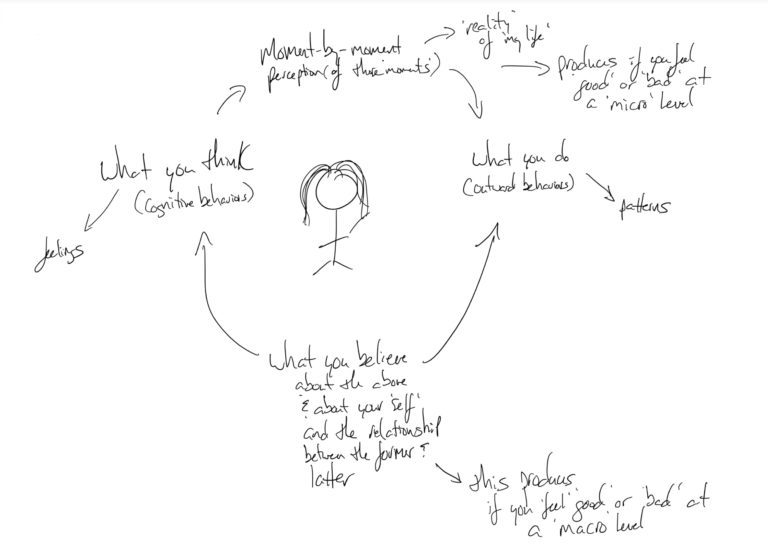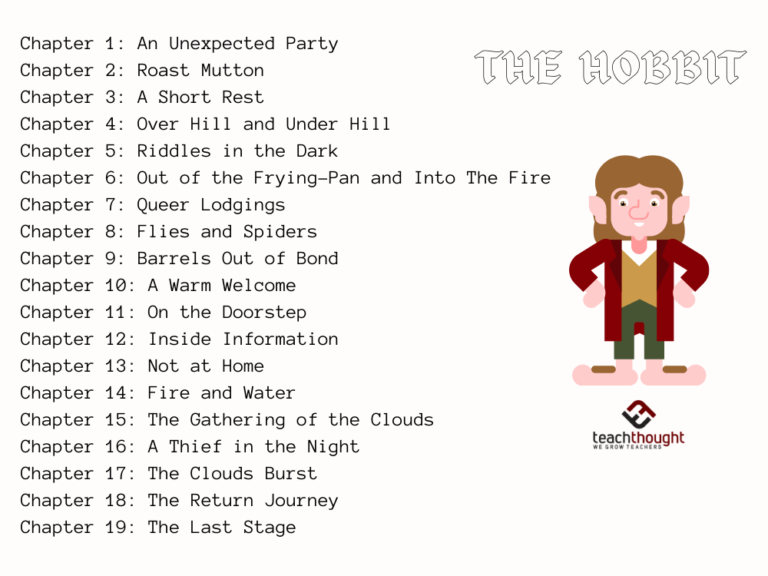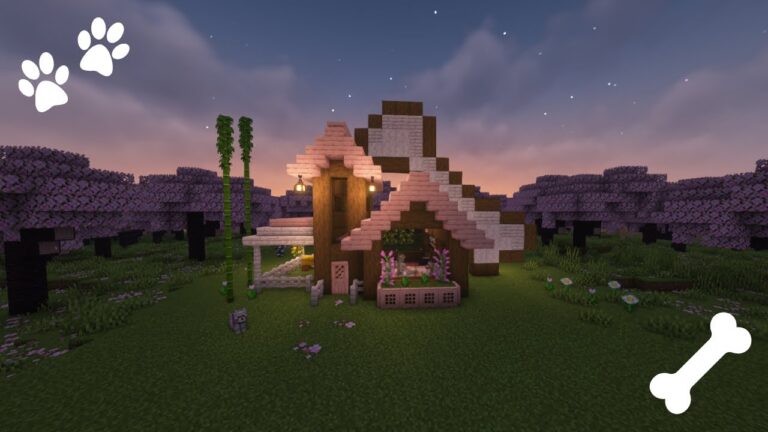50 Activities To Promote Digital Media Literacy In Students
- Infer the author’s purpose.
- Distinguish between primary and secondary audiences.
- Summarize the media by identifying its 3-5 most important ideas or events.
- Identify and diagram the literary elements (e.g., setting, characters, conflict, etc.)
- Identify and analyze characters as major or minor; flat or round; static or dynamic; symbolic or non; protagonist, antagonist, or neither.
- Analyze the relationship between character and plot development.
- Identify obvious and non-obvious literary devices.
- Infer what an author’s position on issue X might be after consuming an otherwise unrelated media (Infer what Emily Dickinson’s position on social media might be given only a reading of her poetry—or the themes of a single poem).
- Revise and repackage a given media so that it is optimized for another platform (e.g., an essay to a YouTube video to a blog post to a Jux.com image to an infographic, etc.)
- Debate the author’s choice in publishing platform.
- Analyze the structure of the media, and determine its impact on its purpose.
- Evaluate the medium for relevant ideas that were left unsaid.
- Revise the media for a new audience.
- Create a graphical representation of the relationship between the text and subtext of the media, and include evidence from the text to support any response.
- Anticipate the cause-effect relationship between various self-selected media elements by altering them (e.g., revising the diction would impact the audience this way, revising the structure would impact the available publishing platforms this way, etc.)
- Evaluate the impact of the publishing platform (e.g., blog, storify, YouTube, etc.) on the purpose and tone.
- Experiment with new chronological styles of narrative or argument sequence, and analyze the effect of each.
- Recreate the media from another perspective (another character, a different narrator, etc.)
- Design a “modal antithesis,” where some or all of a medium’s given modalities are revised to their opposites (e.g., identify the basic structure and tone of “Southern Man” by Neil Young, and revise it to create their respective opposites).
- Estimate the stage of the writing process that was most crucial to the media’s success.
- Design or outline an app to supplement a given media’s purpose.
- Based on some important and self-selected element of this text, what does it make sense to consume next?
- Critique or defend the sequence of ideas (idea organization).
- Judge where supporting details are inadequate to support the thesis or theme.
- Identify the ways making a selected media social impacts its use of the writing process.
- Interpret the themes, tone, or other media component through a given critical position (e.g., Predict what John Locke would’ve said about the possibility of mobile learning given his stance on human consciousness).
- Experiment with various syntactical styles, and analyze the effect of any changes in a basic diagram.
- Analyze the ratio of pathos, ethos, and logos in the media.
- Evaluate only the credibility of a piece, and identify three ways it might be improved.
- Alter the ratio of pathos/ethos/logos in the media, and analyze the impact of any changes.
- Analyze the relationship between the sound, color, text features, and text.
- Critique or defend the author’s choice in diction.
- Prioritize the implicit and explicit ideas for their immediate relevance for a given context.
- Analyze the media to extract the theme.
- Criticize or defend a given media’s form (e.g., this book would’ve been better as an app for this reason)
- Criticize or defend the media’s balance of substance and whimsy.
- Separate the information the media offers that’s new and what’s been heard before.
- Concept-map the thesis and primary and secondary supporting details.
- Propose sources that would improve over stated sources cited (e.g., these three sources would’ve improved the overall credibility of the media).
- Identify the three modalities most critical to the media’s purpose.
- Question the media’s brevity, intensity, or duration.
- Analyze the tone, and identify the primary contributors to that tone.
- Identify the most visual, most useful, and most natural methods of sharing a given media, and analyze the strengths and weaknesses of each.
- Determine the most elegant, most useful, and most natural methods of curating a given media, and analyze the impact of each.
- Discuss the relationship between the media’s style, the author’s style, and the apparent audience.
- Describe the relationship between the tone and mood.
- Analyze the relationship and/or tension between implicit and explicit themes.
- Image the most logical follow-up media creation based on a self-selected and stated purpose or goal. (e.g., based on the author’s goal of increasing awareness of pancreatic cancer, a natural follow up to this blog post would be…)
- Design an innovative diagram that analyzes the media in concept map form.
- Collect and categorize convergent elements of divergent media (e.g., a tweet, poem, video game, and folk song with similar tone but clearly divergent structures).




